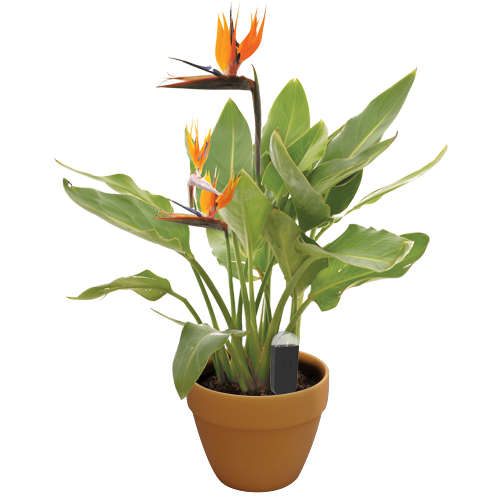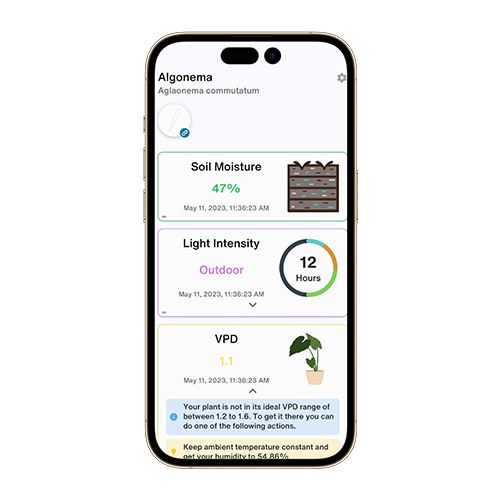Iris xiphium
TAXONOMY
FamilyIridaceae
GenusIris
Zone6
LEARN MORE
Plants of the World OnlineABOUT
Iris xiphium, commonly known as the Spanish Iris, is a bulbous perennial native to the Mediterranean region. It is known for its striking blue, purple, or yellow flowers that bloom in late spring to early summer. The plant goes through a dormancy period during the summer months.
ALSO KNOWN AS
Iris hispanica
Iris lusitanica
Iris taitii
Iris variabilis
Iris xiphium f. durandoi
Iris xiphium var. battandieri
Iris xiphium var. praecox
Spanish iris
Syrian iris
Xiphion lusitanicum
Xiphion verum
Xiphion vulgare
Xiphion xiphium
Xiphion xiphium var. battandieri
Xiphion xiphium var. lusitanicum
Xiphion xiphium var. praecox
Xiphion xiphium var. taitii
OVERVIEW
VPDCalculate
WaterMoist
SoilLoamy
LightDirect Bright (6 Hours)
Temperature18° C
Humidity50%
Dormancy3 Months
pH6.5
Pressure1,013 mbar
DETAILS
Care Instructions
Iris xiphium requires bright, direct sunlight for optimal growth. It thrives in moderate temperatures and prefers moderate humidity levels. Water the plant regularly, allowing the soil to dry out partially between waterings. Ensure good air circulation to prevent fungal diseases.Soil
The Spanish Iris prefers well-draining loamy soil with a slightly acidic to neutral pH. Good drainage is essential to prevent bulb rot. A mix of garden soil with sand or perlite can improve drainage.Fertilizer
Fertilize Iris xiphium with a balanced fertilizer, such as 5-10-10, in early spring before the flowering period. Avoid over-fertilizing, as this can lead to excessive foliage growth at the expense of flowers.Repotting
Repot Iris xiphium bulbs every 2-3 years in the fall after the foliage has died back. Carefully dig up the bulbs, separate any offsets, and replant them in fresh, well-draining soil.Propagation
Propagate Iris xiphium by dividing the bulbs in the fall. Gently separate the offsets from the main bulb and plant them in a prepared bed with well-draining soil. Water thoroughly after planting.Pruning
Prune the spent flower stalks after blooming to encourage healthy growth. Remove any dead or yellowing leaves to maintain the plant's appearance and prevent disease.Toxicity
Iris xiphium is not considered toxic to pets or humans. However, ingestion of large quantities of any plant material can cause gastrointestinal discomfort.Additional
To ensure a healthy growth cycle, allow the plant to go through its natural dormancy period in the summer. Reduce watering during this time and resume regular care in the fall.REVOLUTIONIZE YOUR PLANT CARE
Make Every Plant Smart

Plant Monitor
STAYS IN YOUR PLANT
Accurately measures the core metrics of your plant – soil moisture, light, temperature and humidity - as well as compound metrics such as Vapor Pressure Deficit (VPD) and Growing Degree Days (GDD).
Shop Now
